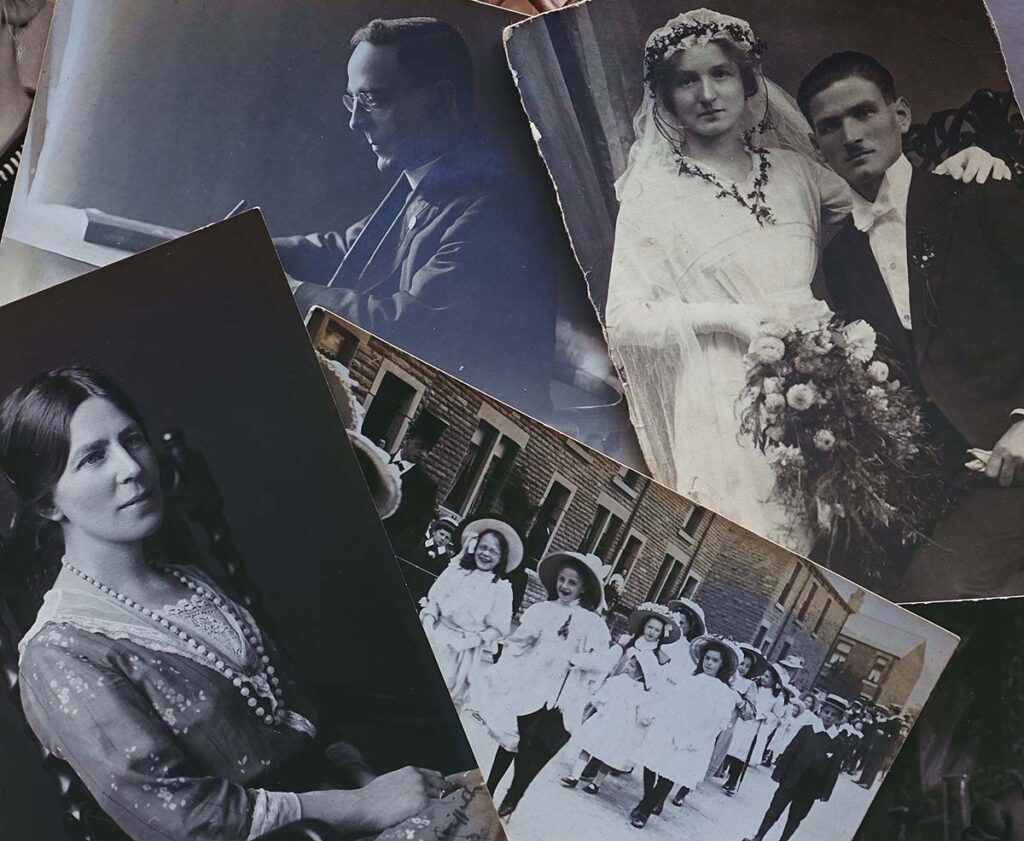As the Neighborhood Gazette went to press, excitement was mounting for the Wheat Ridge Historical Society’s first Second Saturday Social of 2022, “High Tea on the Prairie and Historical Fashion Show” at the Baugh House, set for Jan. 8 from 10 a.m. to 2 p.m.
The Society has some real pros when it comes to fashions of the Victorian Era and beyond. It’s fun to watch these folks move about – women with aprons over calico dresses, petticoats rustling and gentlemen tipping their bowlers or cowboy hats.
Modern conveniences like undergarments and manmade fabrics aside, dressing in the 1800s was serious business, stepping into long, fancy skirts and bustles – and, oh my, the layers. The variety and differences between high fashion of Victorian city life and appropriate garb for eking out a living on a pioneer farm seem vast, but actually, they share the same foundation.
Some fashion whims came and went (think bustles), but others were accepted as necessity. For example, the invention of the brassiere was still decades away, and once you wrap your mind around that fact and its implications, consider that, though undergarments were common, panties hadn’t caught on yet. Oh, dear.
No matter if you lived in a city back east and fetched your parasol for a stroll in the park, or if you tied on your wide-brimmed bonnet before spading a sunny frontier vegetable garden, women employed a parallel approach to dressing each morning.
Several layers were common, no matter the occasion. Getting dressed took dedication. Basic for women (and men!) was the chemise, a rough cotton, knee-length garment worn day and night; it kept sweat and body oils from soiling outer clothes. Virtually all women wore corsets (though pioneer women may not have laced them as tightly as Scarlett O’Hara required). Next came pantaloons, baggy white trousers fastened tightly at the knees or ankles to keep cotton or wool socks in place, followed by any number of petticoats that buttoned at the waist. Tired yet? Only two or three layers to go.
Outer garments generally started with a fitted bodice that featured lots of buttons, a modest neckline and long sleeves; it may or may not have been attached to a full, floor-length skirt. Pioneer women often hemmed their skirts three inches higher, just short enough to stay clean longer. Finally, most women wore aprons in the home as a practical way to save on laundering entire garments.
Eight to 10 garments pulled on and adjusted daily before breakfast? Women worked hard before even starting the day. It certainly gives a new perspective to modern conveniences.
Did You Know?
The WRHS features programs on all sorts of topics after monthly board meetings the second Tuesday of every month. January’s Tuesday-night Talk will feature Adam Rasmussen of Namestè Solar, a Boulder-based company in business since 2005 and billed as “an employee-owned cooperative that runs its business as a force for good in our communities.” Join us Jan. 11 at 7:45 p.m. on Zoom; email [email protected] for a link.






